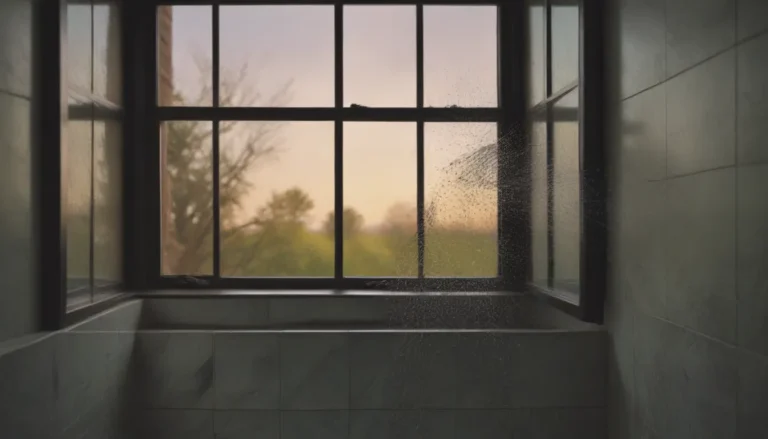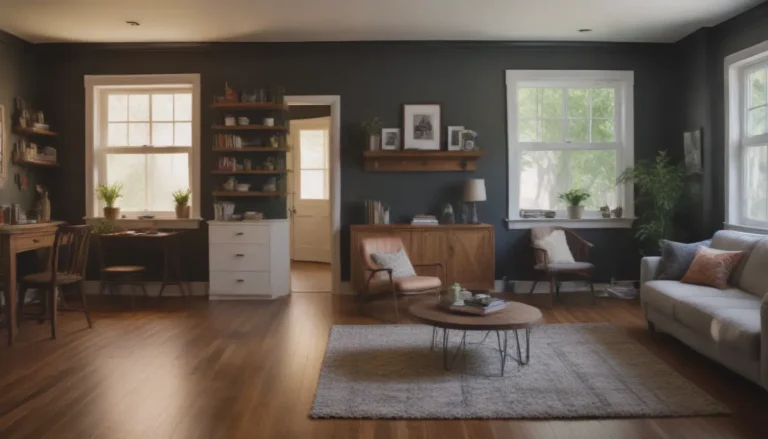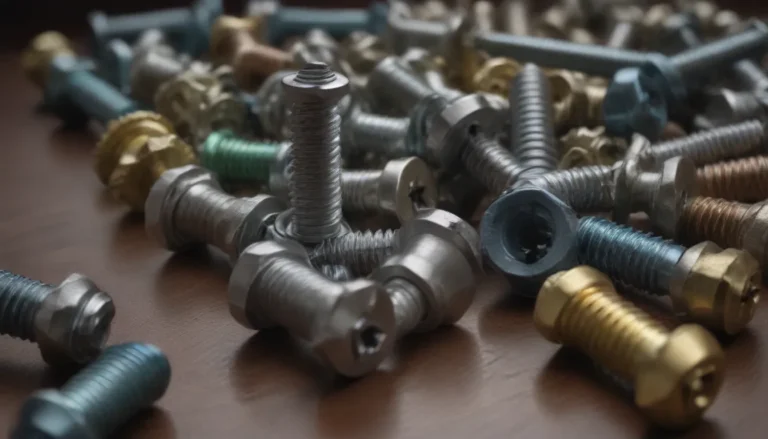The Ultimate Guide to Laminate Flooring: Everything You Need to Know

Laminate flooring has been a popular choice for residential flooring for decades, offering an easy-to-install, attractive, and durable alternative to solid hardwood flooring. With advancements in technology such as sharper high-definition imaging, deeper embossing, and better seaming mechanisms, laminate flooring has become a versatile option for homeowners. However, like any other flooring material, laminate flooring comes with its own set of pros and cons that may influence your decision when choosing the right flooring for your home.
What is Laminate Flooring?
Laminate flooring is a multi-layered floor covering with a top image layer that replicates the look of wood or stone. It is installed on top of a subfloor with an underlayment that provides additional support and cushioning. The layers of laminate flooring from top to bottom include:
– Wear layer
– Design or image layer
– Core layer
– Underlayment
Manufacturers have made significant improvements to laminate flooring, including micro bevels, deeper texturing, and better graphic reproduction, making it more closely resemble engineered wood flooring or luxury vinyl flooring. Despite these advancements, laminate flooring remains a budget-friendly option in terms of performance, appearance, and reputation. The lifespan of laminate flooring can vary greatly depending on the quality of the product, with some lasting up to 25 years in light-use areas and others needing replacement after just 10 years in high-traffic areas.
Pros:
- Easy DIY installation
- Inexpensive
- Good stain resistance
- Non-allergenic
Cons:
- Susceptible to moisture
- Hard and noisy underfoot
- Some chemicals present
- Repetitive patterning
Laminate Flooring Cost
The cost of laminate flooring varies depending on the quality of the product, with average material costs ranging from $1 to $3 per square foot at big-box home centers. Designer laminates can cost as much as $10 to $12 per square foot, but there are many good options available in the affordable $2 to $3 range. It is recommended to invest in the best laminate flooring you can afford, as higher-quality products often come with better wear layers and print layers.
Professional installation for laminate flooring is not always necessary due to its ease of installation. On average, the price for laminate flooring installation (materials plus labor) is around $5 per square foot, making it one of the most affordable flooring options available. In comparison, hardwood flooring installation can cost anywhere from $15 to $20 per square foot.
Maintenance and Repair
Laminate floors are easy to clean with a bare-floor vacuum, dry mop, or soft broom. For stains, a slightly damp mop or laminate floor cleaner can be used. Unlike hardwood flooring, laminate flooring does not require waxing. It is important to avoid excessive water when mopping, as standing pools of water can cause swelling in laminate flooring. In areas with heavy moisture, such as bathrooms or kitchens, it is recommended to use impervious surfaces like vinyl or porcelain tile.
The wear layer of laminate flooring provides protection against scratches, dents, and stains, with some manufacturers offering long warranties on the wear layer itself. However, if laminate flooring becomes heavily worn or damaged, it cannot be sanded or refinished like solid hardwood and must be replaced.
Design
Laminate flooring can replicate the look of wood, stone, and other natural materials from a distance. While the deep embossing adds to the illusion of wood grain, laminate flooring is not identical in appearance to real wood due to pattern repetition. Most laminate flooring brands manufacture five to 10 differently patterned boards, while cheaper products may only have three different board patterns. Strategic installation is key to avoiding identical boards next to each other.
While laminate flooring may not add long-term real estate value to your home, it is a cost-effective way to renovate a floor quickly and inexpensively. For higher real estate value, hardwood and engineered wood flooring are recommended.
Laminate Flooring Installation
Laminate flooring is quick and easy to install, even for beginners. Most laminate flooring now features a modified tongue-and-groove system that allows for a click-and-lock or fold-lock installation method. These planks are joined in an interlocking fashion, edge-to-edge and end-to-end, creating a floating floor that lies on the underlayment without the need for glue-down.
Top Brands of Laminate Flooring
- Pergo
- Shaw
- Mohawk
- Quick-Step
Comfort and Convenience
While laminate flooring can feel hard underfoot, most installations include a resilient foam underlayment that provides a slightly springy feeling. This underlayment also eliminates the hollow sound and feel that can sometimes occur with laminate flooring. Manufacturers have developed textured, slip-resistant wear layers to improve safety, and static electricity can be reduced by keeping the floor clean.
Laminate flooring is a good choice for allergy sufferers as it does not trap dust and allergens like carpeting. However, a small number of individuals may have reactions to the resins and glues used in the flooring.
Laminate Flooring vs. Luxury Vinyl Flooring
Laminate flooring is a practical choice for budget-conscious homeowners who want an easy DIY flooring option. While it offers good performance and aesthetic appeal, luxury vinyl flooring (LVF) may be a better choice for those looking for water-resistant qualities and a slightly higher quality floor. Luxury vinyl flooring is made of waterproof materials throughout its thickness, making it impervious to water damage, unlike laminate flooring with a particleboard core that can be damaged by water seeping through the seams.
Is Laminate Flooring Right for You?
Laminate flooring may be the perfect choice for you if you are looking for a budget-friendly flooring option that is easy to install yourself. While laminate flooring is functional and attractive, it may not offer the same prestige or real estate value as hardwood or stone tile flooring. It is important to note that laminate flooring is not plastic flooring, as most of the materials used are wood-based.
The key consideration when choosing laminate flooring is its poor resistance to water. While it can tolerate some water on the surface, standing pools of water should be avoided to prevent damage to the core layer. Overall, laminate flooring is a practical and cost-effective flooring option for many homeowners.
In conclusion, laminate flooring offers a variety of benefits such as easy installation, affordability, and good stain resistance. However, it is important to consider its limitations, including susceptibility to moisture and the inability to refinish damaged areas. By understanding the pros and cons of laminate flooring, you can make an informed decision when choosing the right flooring for your home.





